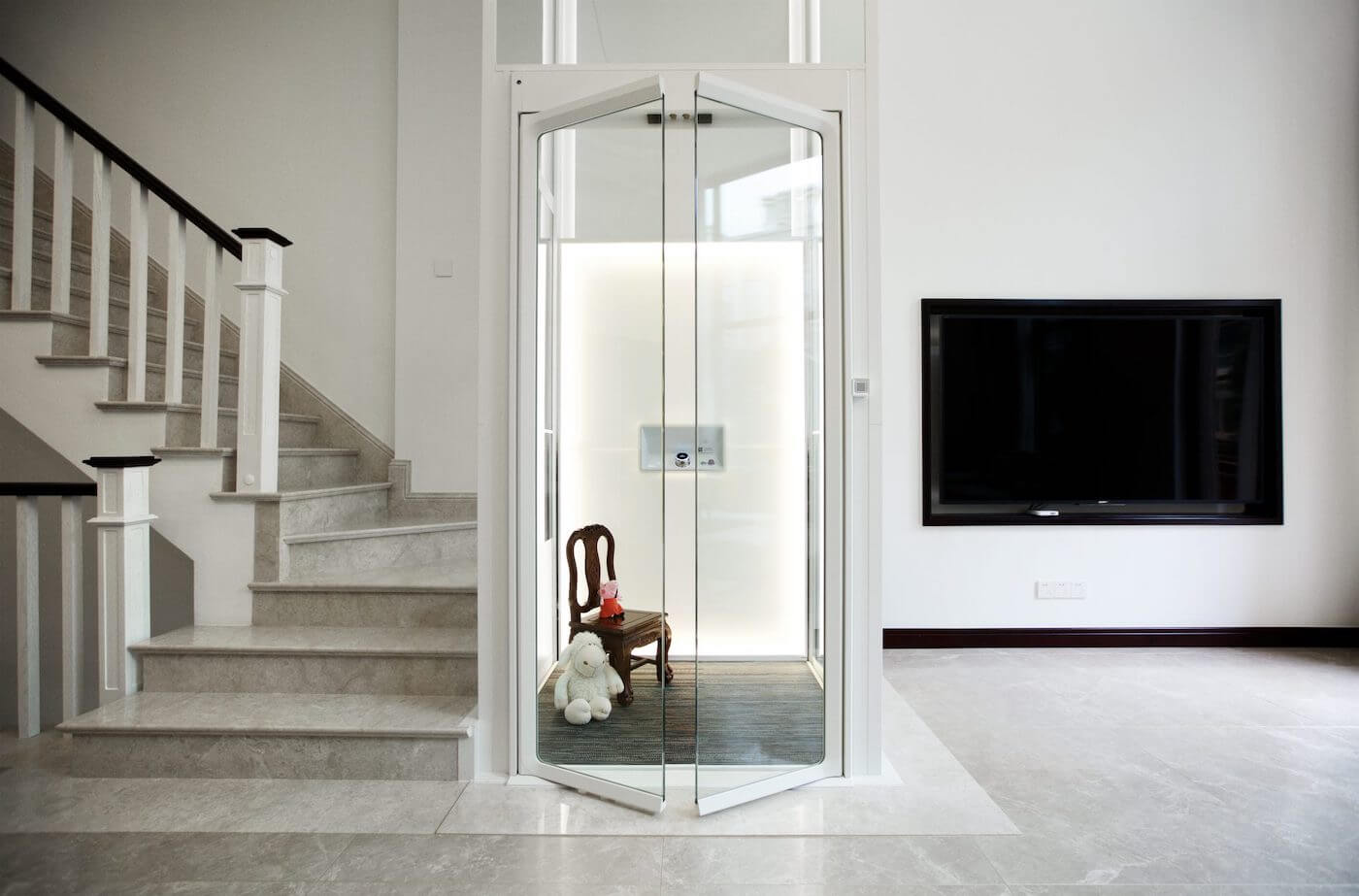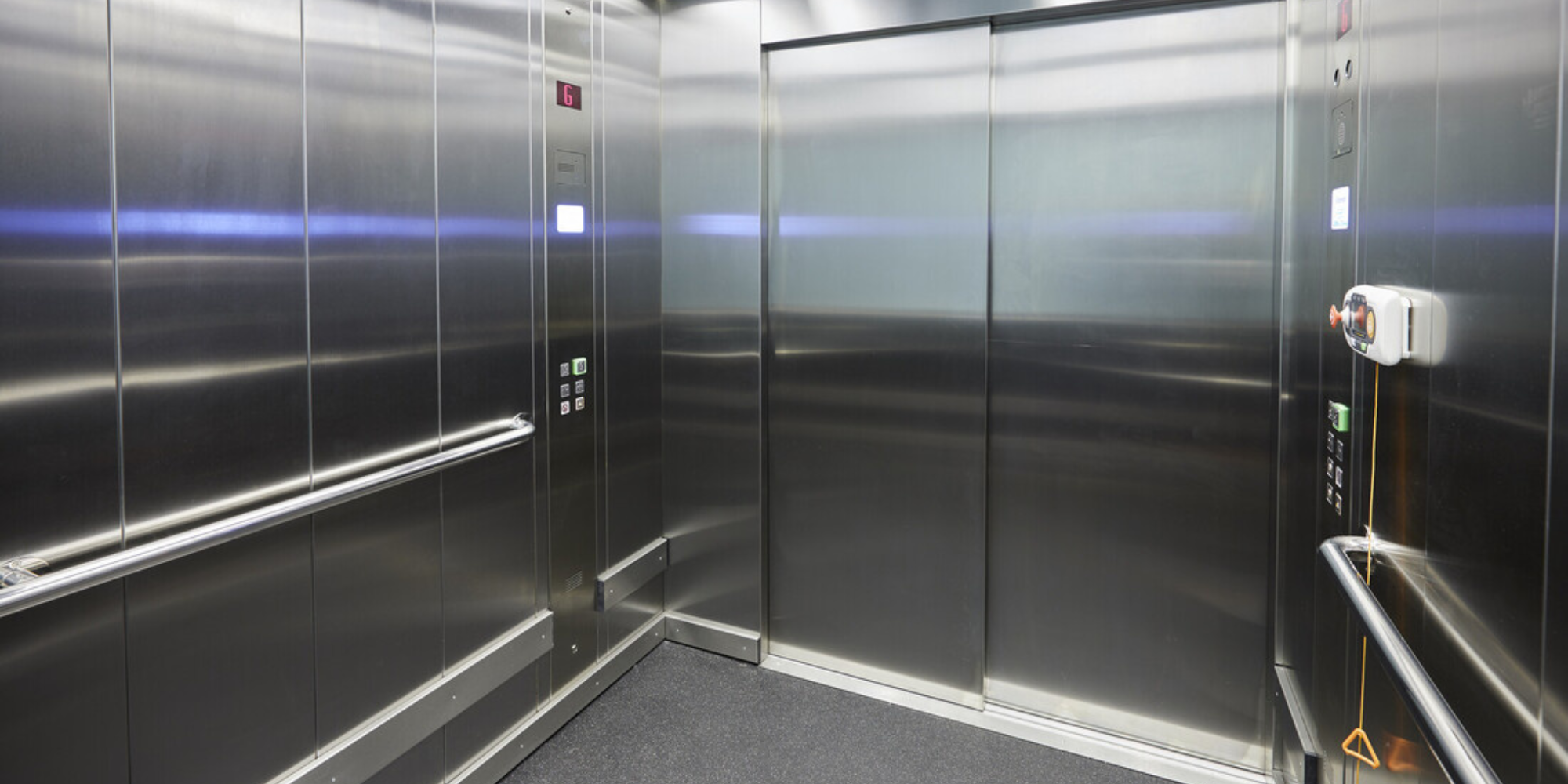We Maintain Lifts with Precision: Ensuring Security and Performance
We Maintain Lifts with Precision: Ensuring Security and Performance
Blog Article
Looking Into the Globe of Elevators: Typical Problems Faced by Various Lift Mechanisms
As we navigate with the vertical transportation systems of contemporary buildings, lifts stand out as a vital element of our day-to-days live. Nevertheless, behind their smooth procedure exists a world of elaborate devices that can sometimes encounter obstacles. From hydraulic elevators to traction systems and machine-room-less layouts, each lift type features its set of typical problems. Understanding these obstacles is essential for ensuring the smooth functioning of these essential systems. Allow's discover the complexities that underlie the operation of elevators and the possible problems that can develop, clarifying the complex internet of lift mechanisms.
Hydraulic Lifts
Hydraulic elevators, commonly liked for low-rise buildings, use fluid stress to manage the activity of the elevator cars and truck (lift repair companies). This mechanism includes a hydraulic pump pressing oil into a cylinder, creating the lift to relocate in the wanted direction. While hydraulic elevators are known for their quiet and smooth operation, they do come with their own collection of usual concerns
One prevalent problem with hydraulic lifts is oil leak. In addition, concerns with the control system, such as faulty shutoffs or a malfunctioning pump, can create interruptions in the elevator's motion.
Normal maintenance and prompt fixings are vital to guarantee the smooth functioning of hydraulic elevators. By addressing these typical issues proactively, structure owners can minimize downtime and ensure the safety and efficiency of their vertical transport system.
Traction Lifts
When taking into consideration vertical transportation systems in buildings, another common kind in addition to hydraulic elevators is the traction elevator. Grip elevators operate making use of a system of ropes and weights that relocate the lift car by clutching onto the hoist ropes. This device enables smoother and much faster vertical transport compared to hydraulic systems.
One of the usual concerns faced by traction lifts is rope wear. The continuous motion of the ropes within the grip system can result in damage gradually, potentially triggering the elevator to malfunction or come to be hazardous for use. Routine evaluations and upkeep of the ropes are crucial to ensure the lift's appropriate functioning and security.
An additional issue that grip elevators may run into is associated with the control system. Troubles with the control system can bring about issues such as unpredictable movement, delays in response times, and even total shutdowns. Regular screening and maintenance of the control system are critical to avoid such concerns and ensure the lift's reliability.
Machine-Room-Less (MRL) Lifts

One of the vital elements of MRL elevators is the compact gearless grip equipment that is installed within the hoistway. This maker effectively drives the lift cars and truck without the requirement for large devices discovered in traditional traction lifts. In addition, MRL elevators usually utilize a counterweight system to balance the auto, additional enhancing their power performance.
Regardless of their benefits, MRL elevators may encounter challenges associated to repair and maintenance due to the confined room for tools installation. Accessibility for servicing elements within the shaft can be restricted, requiring specialized training for specialists. Proper maintenance routines and routine assessments are important to make certain the ongoing smooth operation of MRL elevators.
Overloading and Weight Limit Issues
Straining and weight limitation concerns are crucial issues in lift visit our website operations. Elevator producers style raises with particular weight capacities to ensure passenger safety and equipment durability.
When elevators are overwhelmed, it places extreme strain on the motor, cable televisions, and other elements, possibly creating failures or breakdowns. Safety mechanisms such as sensing units and overload sensing units are in place to avoid lifts from relocating if they identify excess weight. In addition, exceeding weight restrictions can cause increased power intake and deterioration on the elevator system.
To minimize straining problems, building managers need to prominently show weight limitations in elevators and educate passengers on the importance of sticking to these limitations - lift repair companies. Regular maintenance checks by certified technicians can additionally assist ensure that lifts are running within safe weight parameters. By addressing overloading and weight limitation issues proactively, structure proprietors can boost lift safety and security and effectiveness
Electric System Failures
Exceeding weight restrictions in elevators can not just result in mechanical problems however likewise potentially add to electric system failings within the lift facilities. Electrical system failures are an essential concern in elevator procedure, as they can create unforeseen closures, malfunctions, or perhaps safety and security risks. One usual electrical problem is the getting too hot of components as a result of extreme present circulation brought on by overwhelming the elevator beyond investigate this site its capacity. This can cause damage to the electric motor, wiring, or control systems, causing pricey repair work and downtime.
Furthermore, power surges or variations in the electric supply can also disrupt the elevator's procedure, influencing its performance and safety. These electric disruptions can damage sensitive elevator components such as control panels, circuit boards, or sensors, bring about system failings. Regular upkeep and inspections are crucial to identify and address prospective electrical issues promptly, guaranteeing the reliable and safe procedure of lift systems. By adhering to weight limits and conducting routine electrical system checks, structure owners can minimize the danger of electric failings in elevators.
Verdict

Hydraulic lifts, frequently favored for low-rise buildings, utilize fluid pressure to manage the motion of the lift car.When taking into consideration vertical transport systems in buildings, another typical type aside from hydraulic lifts navigate to this site is the grip lift. Traction elevators run utilizing a system of ropes and counterweights that relocate the elevator automobile by clutching onto the hoist ropes. Unlike traditional lifts that need a different device room to house the equipment, MRL lifts integrate many of the elements within the shaft, getting rid of the need for a committed machine room.In final thought, elevators deal with common problems such as hydraulic malfunctions, traction system failings, and electric system problems.
Report this page